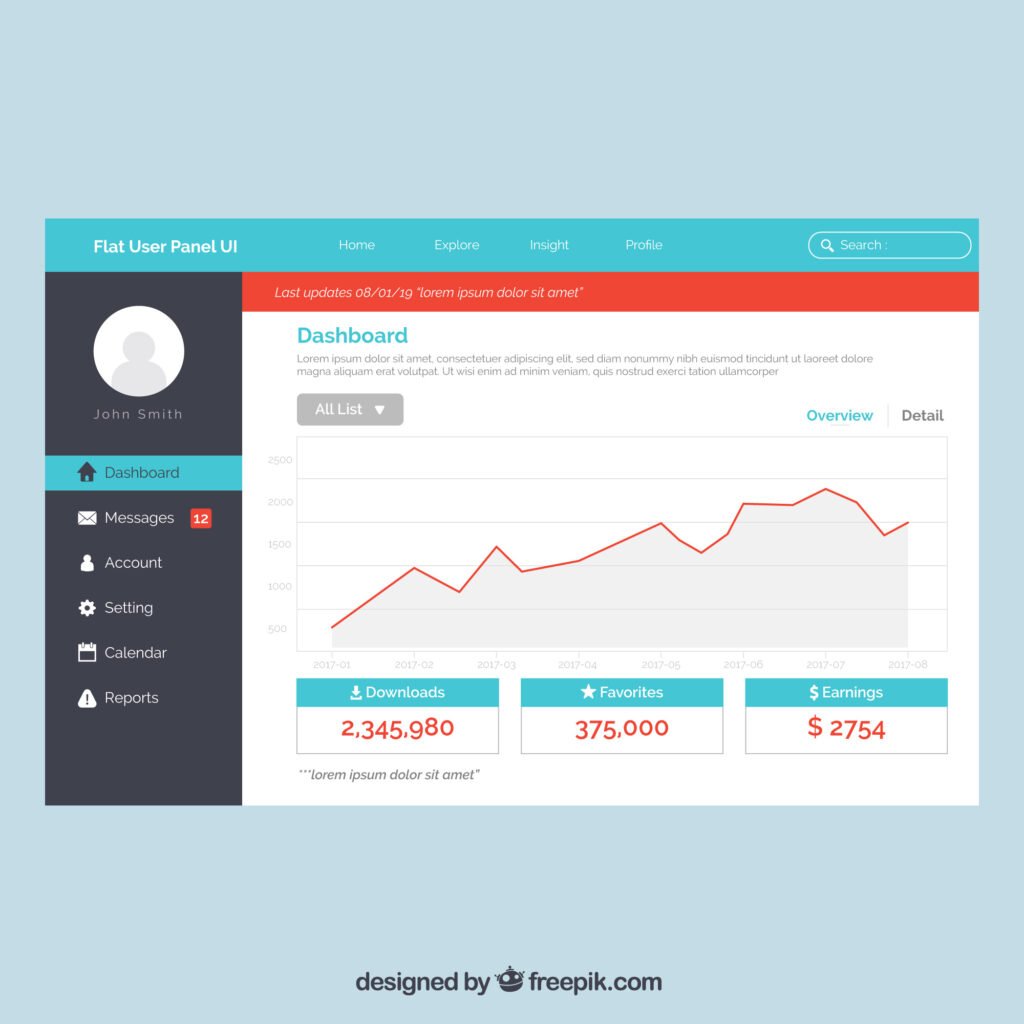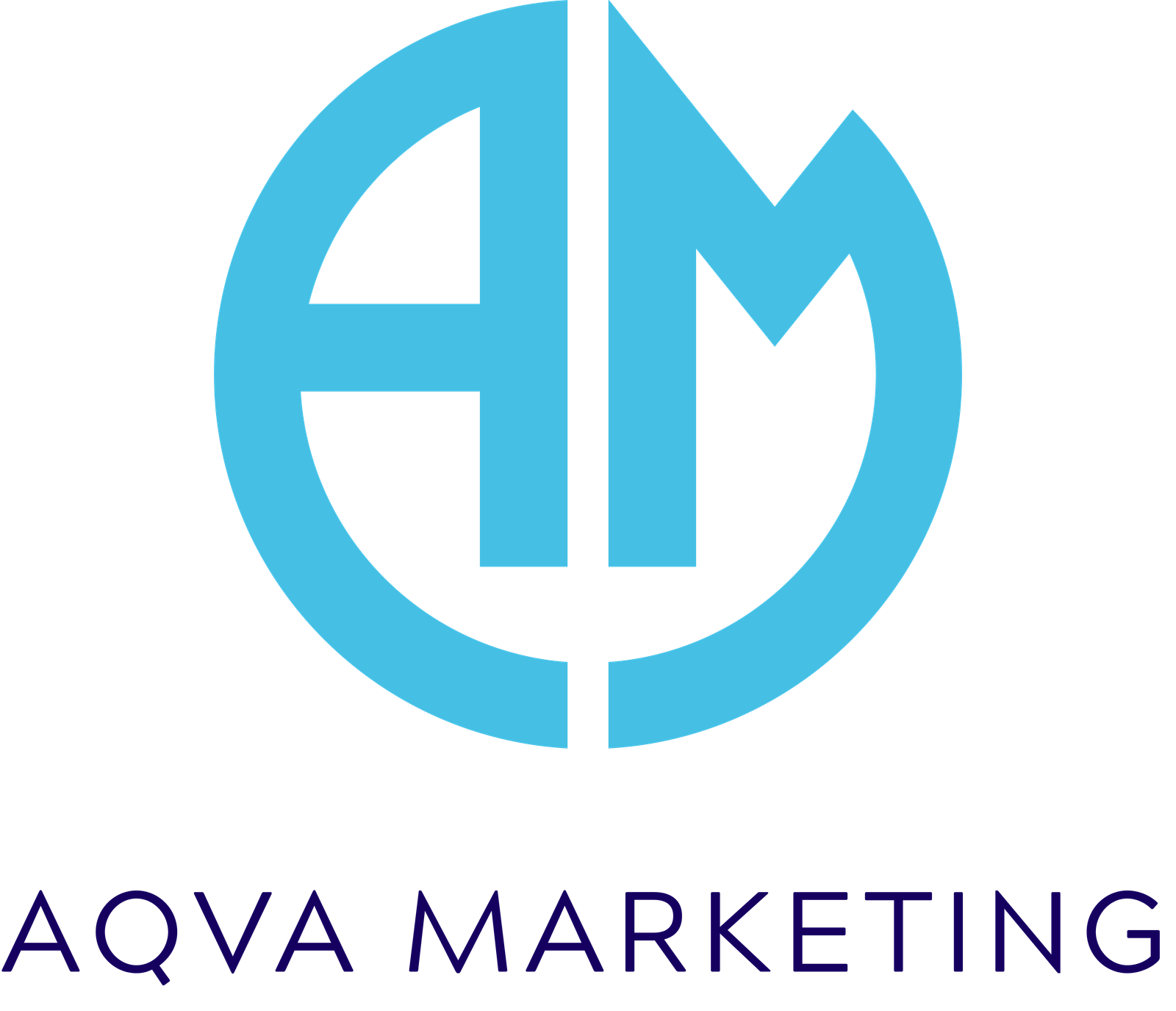
If you have been wondering how to make Google Ads better, but do not know how exactly to do it, we are going to break down the process into simple, doable steps.
Google Ads can feel like a money pit when they aren’t performing. Clicks with no conversions. Budget drains with little ROI. Confusing metrics and a dashboard that gives more questions than answers.
You don’t need to be a digital wizard to fix it. You just need clarity, focus, and a few proven tweaks that make all the difference.
Let’s break this down in simple, practical terms, the way we at Aqva Marketing like to do it for our clients.
1. Start by Asking: What’s My End Goal?
Most people jump into ads without a real plan. They want “more customers,” but what does that actually mean?
Do you want:
- More website visits?
- More phone calls?
- Product purchases?
- Form submissions?
Until you get specific, your ad strategy will stay vague, and so will your results.
Real tip: Every campaign must have one clear goal. Not three. Not five. Just one. Align everything else accordingly.
2. Fix Your Targeting
Google Ads offers tons of targeting options. But most businesses either go too broad or too narrow.
Here’s what you should fix:
- Check your location targeting. Are you accidentally targeting all of India when you only serve one city?
- Use device targeting smartly. If your website isn’t mobile-friendly, you shouldn’t show ads on phones.
- Exclude irrelevant audiences; this saves money.
At Aqva Marketing, we recently helped a boutique hotel in Jaipur narrow its targeting and focus only on “weekend getaway” searchers. The result was a 60% lower cost per click and triple the bookings.
3. Write Ads That Speak Like Humans
This is where most ads fall flat.
If your ad copy sounds like “Buy now! Limited time only! Get 50% off!” people scroll past it. Why? Because they’ve seen it a thousand times before.
Instead, your ad should look like this:
- “Need your laptop repaired in under 24 hours? We’ve got you.”
- “Sick of chemical-heavy shampoos? Our plant-based formula is here.”
Speak directly to the pain points. Keep it real. Make it sound like a person wrote it and not a bot.
4. Improve Your Quality Score

Google rewards relevance. If your keywords, ad copy, and landing page all align well, your Quality Score goes up and your ad cost comes down.
What affects Quality Score?
- Click-through rate (CTR)
- Ad relevance
- Landing page experience
Even a small bump in Quality Score can reduce your cost per click significantly.
📌 Read more here: Google Ads Quality Score explained
5. Keywords: Stop Guessing, Start Researching
If you’re asking, “How to make Google Ads better?”, start by checking your keywords.
Don’t just pick keywords that “feel right.” Use tools like Google Keyword Planner or Ubersuggest to find out:
- What people are actually searching for
- How competitive (and expensive) each keyword is
- What negative keywords to exclude
Example: A Delhi-based dental clinic saw a 40% drop in wasted ad spend after they added keywords like “free,” “job,” and “course” to their negative keyword list.
📌 Check out this helpful resource: Moz’s Keyword Research Guide
6. Don’t Send Everyone to Your Homepage
Your homepage is not the best landing page for most ads. It’s too generic.
Create landing pages that match the ad. If your ad is about “Same-Day AC Repair in Ahmedabad,” then your landing page should scream exactly that, not “Welcome to ABC Services.”
Here’s what helps:
- A clear headline that matches the ad
- A short explanation (benefits, not features)
- One CTA (Call to Action), not five
Aqva Marketing often designs lean, conversion-focused landing pages for clients that double or triple their lead volume without increasing the ad budget.
7. Use Ad Extensions (They’re Free and Powerful)
Ad extensions make your ads bigger, more useful, and more clickable at no extra cost.
Add:
- Site links (to key pages)
- Call buttons (great for mobile users)
- Location info (perfect for local businesses)
- Price or offer extensions
📌 Learn more here: Google’s official guide to ad extensions
8. Track the Right Metrics (Not Just Clicks)
Clicks are great. But what really matters is what happens after the click.
Use conversion tracking to see:
- Who filled the form
- Purchasing was done by whom
- Who called your business?
Then optimize based on real results, not just vanity metrics.
9. Test, Tweak, Repeat
There’s no “perfect” Google Ads campaign. What works today may flop next month.
So, keep testing:
- Try different headlines
- Adjust bidding strategy
- Change up your CTA
But don’t change everything at once. Test one thing at a time. And don’t just be led by your hunch; instead, rely on data to guide your decisions.
Final Thoughts
If you want to make your Google Ads better, you start with clear goals. Write better copy, align your targeting, track what matters, and keep improving.
And if it feels like a lot to handle, you’re not alone. That’s where agencies like Aqva Marketing step in. We’ve helped small businesses, startups, and professionals make sense of Google Ads and get real, measurable results.
Remember, your ad spend deserves results. Let’s make every rupee count.
